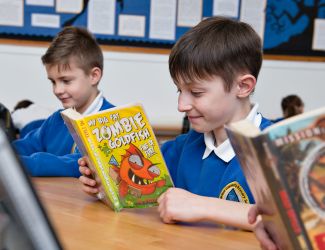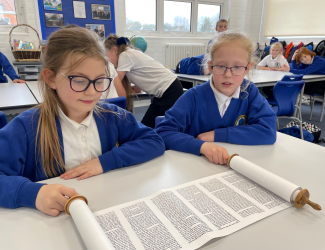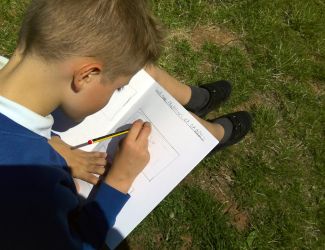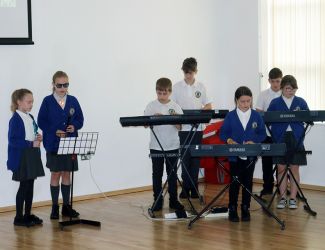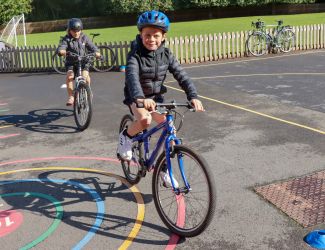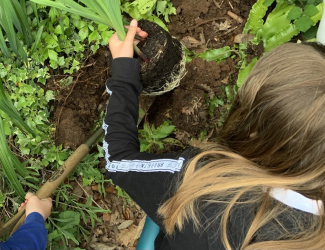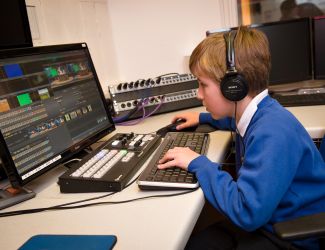Year 3 Music Curriculum
Children will be taught six key strands of musical knowledge which include: singing, listening, improvising, composing, performing and reading notation. Pupils will be encouraged to explore the musical concepts through learning to play the ukulele. They will be taught…
Singing
- Sing a widening range of unison songs of varying styles and structures with a pitch range of do–so, tunefully and with expression. Perform forte and piano
- Perform actions confidently and in time to a range of action songs
- Walk, move or clap a steady beat with others, changing the speed of the beat as the tempo of the music changes.
- Perform as a choir in school assemblies.
Listening
The following styles of music will be introduced as well as recapping on styles that have been taught in previous years.
Western Classical Tradition and Film:
- Baroque e.g Handel
- Romantic e.g Mussorgsky
- 21st Century e.g A.R.Rahman
Popular Music:
- Funk e.g James Brown
Musical Traditions:
- India- Indian Classical e.g Kishori Amonkar
Improvise
- Become more skilled in improvising (using voices, tuned and untuned percussion and instruments), inventing short ‘on-the-spot’ responses using a limited note-range.
- Structure musical ideas (e.g. using echo or question and answer phrases) to create music that has a beginning, middle and end.
Compose
- Combine known rhythmic notation with letter names to create rising and falling phrases using just three notes (do, re and mi)
- Compose song accompaniments on untuned percussion using known rhythms and note values.
Performing
- Develop facility in playing tuned percussion or a melodic instrument such as an ukulele. Play and perform melodies following staff notation using a small range (e.g. Middle C–E/do–mi) as a whole class or in small groups (e.g. trios and quartets).
- Use listening skills to correctly order phrases using dot notation
- Individually (solo) copy stepwise melodic phrases with accuracy at different speeds; allegro and adagio, fast and slow.
Reading Notation
- Introduce the stave, lines and spaces, and clef. Use dot notation to show higher or lower pitch.
- Introduce and understand the differences between crotchets and paired quavers.
- Apply word chants to rhythms, understanding how to link each syllable to one musical note.

